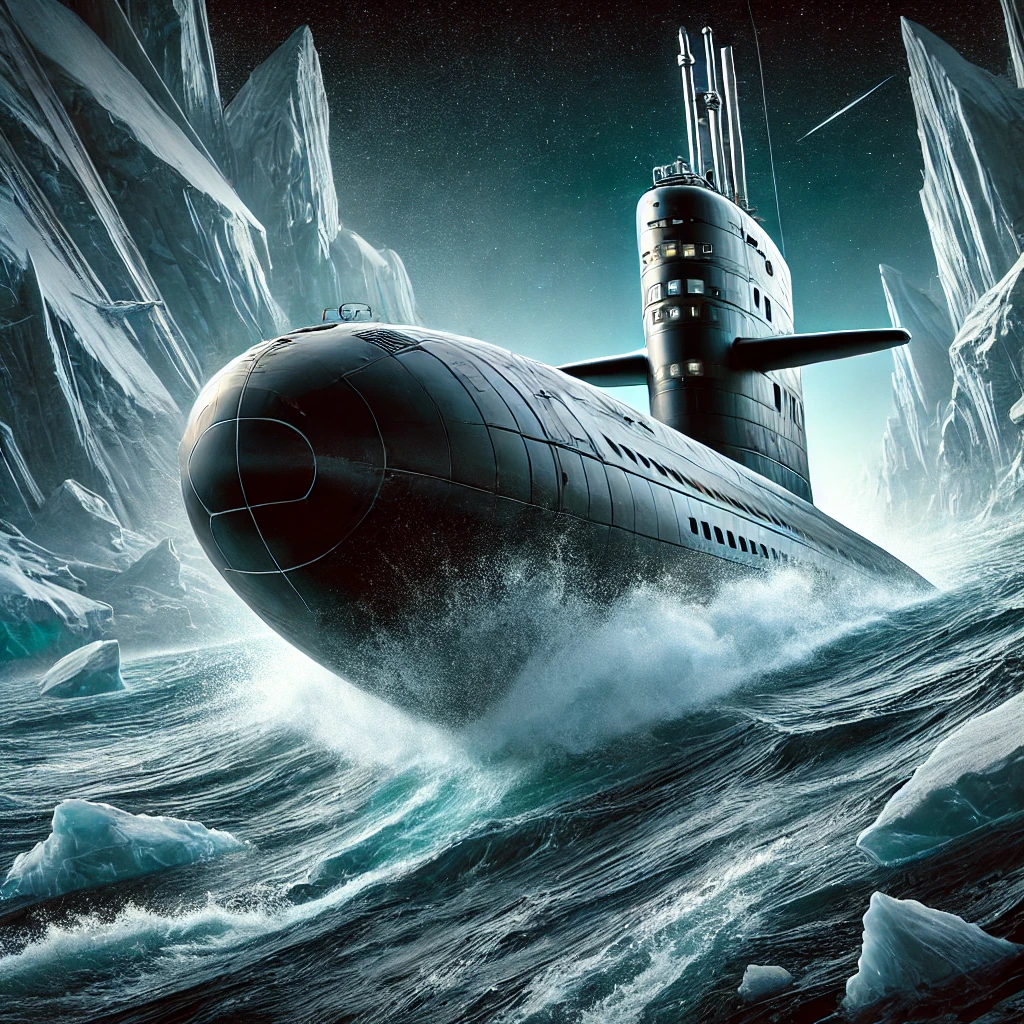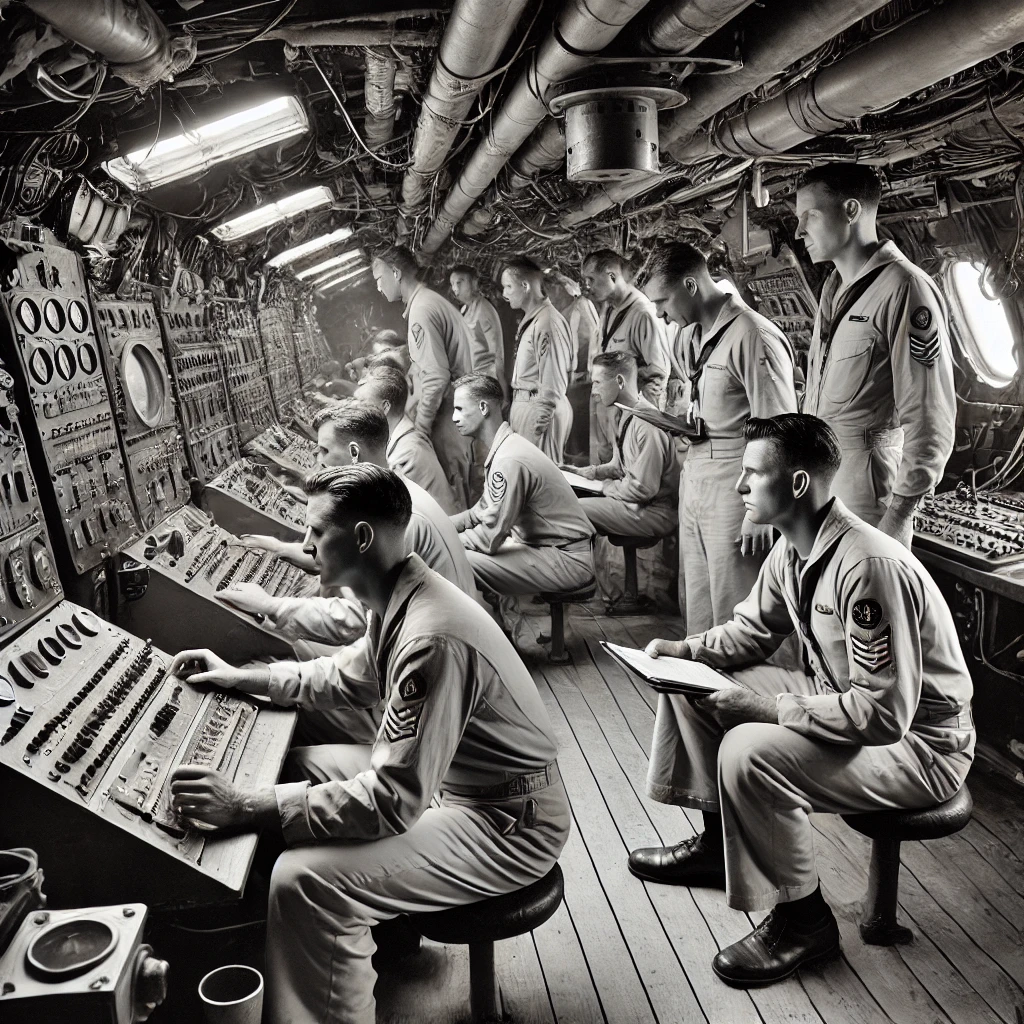On August 3, 1958, the USS Nautilus, a nuclear-powered submarine, made history by becoming the first vessel to travel under the North Pole. This landmark voyage marked a significant achievement in naval exploration and technology. The Nautilus, commanded by Captain William Anderson, embarked on this unprecedented journey as part of Operation Sunshine, demonstrating the capabilities of nuclear-powered submarines and expanding the boundaries of undersea exploration.
The mission was not only a technical feat but also a strategic maneuver during the Cold War era. The successful navigation under the Arctic ice cap showcased the advanced technology of the Nautilus and the United States’ growing expertise in submarine operations. The voyage was a testament to the ingenuity and determination of the naval engineers and crew involved.

The Challenges of Arctic Exploration
Navigating under the Arctic ice cap presented numerous challenges for the USS Nautilus and its crew. The thick layers of ice, extreme cold temperatures, and the vast, uncharted underwater terrain posed significant obstacles. The submarine’s nuclear power provided the necessary endurance and reliability for the mission, allowing it to operate independently for extended periods without the need for surfacing.
The successful traversal of the North Pole was achieved through meticulous planning and cutting-edge technology. The Nautilus was equipped with sophisticated navigation systems and ice detection capabilities, which were essential for safely maneuvering through the treacherous underwater environment. The mission underscored the advancements in submarine technology and the capabilities of nuclear propulsion.

The Significance of the Voyage
The successful journey of the USS Nautilus under the North Pole had far-reaching implications for both military strategy and scientific research. The mission demonstrated the feasibility of undersea travel in polar regions, opening new possibilities for naval operations and exploration. It also marked a significant milestone in the Cold War context, showcasing American technological superiority and the strategic advantages of nuclear-powered submarines.
In addition to its military significance, the voyage contributed to the scientific understanding of the Arctic region. The data collected during the mission provided valuable insights into the underwater geography and ice conditions of the Arctic, furthering knowledge in polar research and paving the way for future exploration.
The Legacy of the Nautilus
The historic voyage of the USS Nautilus remains a landmark event in naval history. The successful navigation under the North Pole demonstrated the potential of nuclear-powered submarines and set a precedent for future underwater exploration. The mission highlighted the capabilities of modern naval technology and the importance of innovation in expanding the frontiers of human exploration.

The legacy of the Nautilus continues to influence submarine design and naval strategy. The advancements made during this mission laid the groundwork for future developments in undersea travel and exploration. The USS Nautilus’s achievement remains a symbol of technological progress and a testament to the pioneering spirit of naval exploration.
The journey of the Nautilus under the North Pole serves as a reminder of the remarkable achievements in exploration and the ongoing quest to push the boundaries of what is possible. The mission not only showcased the prowess of the USS Nautilus but also paved the way for future innovations in submarine technology and polar research.
